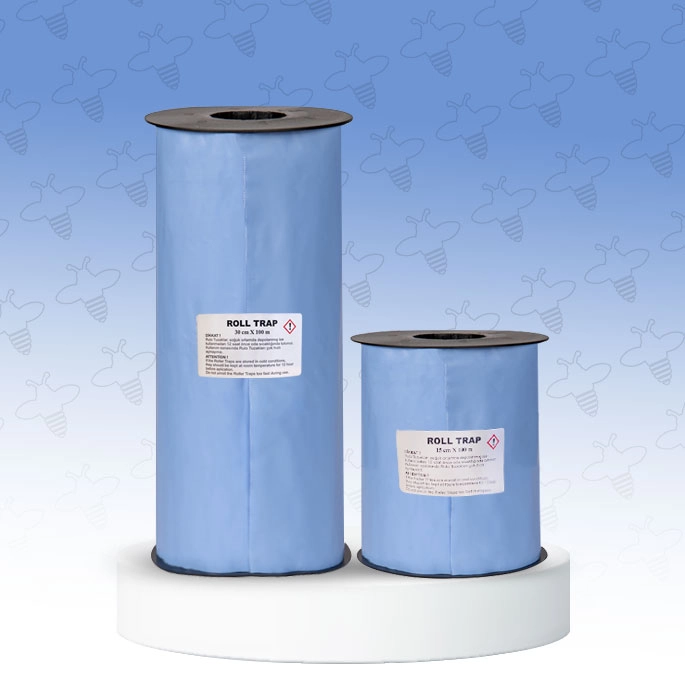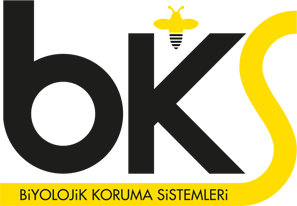Blue Roll Trap

What does the blue sticky trap do?
Blue sticky traps are a method used to control plant pests. These traps are designed specifically for catching flying insects. Their color is usually blue or yellow because these colors tend to attract many pests.
Blue sticky traps help keep pests away from plants in the field or garden. Pests are attracted to the blue color and land on the sticky trap. The sticky surface prevents insects from sticking and moving, so the pests are caught in the trap and die.
These traps are widely preferred in organic farming practices, especially to reduce or prevent the use of chemical pesticides in the control of insects. They are considered a natural method of controlling pests and are a more harmless option used to protect plants.
Blue sticky traps are especially effective in controlling flying insects such as various flies, beetles, moths, thrips and other pests. You can use these traps to protect the plants in your field or garden. However, it is important to correctly position and regularly check traps, as the effectiveness of traps may decrease over time or trapped insects may escape from the trap.
How to use the yellow sticky trap?
Yellow sticky traps are an effective method often used for insect and pest control. These traps have a sticky substance that traps insects on them. Yellow sticky traps are very simple to use. Here is a step-by-step guide on how to use them:
-
Purchase as many yellow sticky traps as needed. You can place them in areas with high insect activity, such as the home, garden or plant growing areas.
-
Open the yellow sticky traps and read the instructions carefully before use. Some traps may have pre-cut openings on them so you can hang traps using these openings.
-
If there is no opening, make a hole to hang the traps with the help of a string or wire. It is important to hang traps near plants or in areas where insects are common.
-
When placing yellow sticky traps, make sure the traps are low enough and at a height that is easily visible. Place it in an attractive spot for insects to spot the trap and land on it.
-
Place traps at appropriate intervals. How often you place it will depend on the surrounding insect density and the size of the area. It is best to follow the recommended intervals specified in the instructions.
-
Check the traps regularly and replace them as needed. Traps can fill up and become clogged or lose effectiveness over time. If debris builds up on the traps sticking to the insect, replace the traps with new ones.
Yellow sticky traps stick to insects and keep them under control. These traps are commonly used to target insects that can harm plants, especially flies, whiteflies, aphids, and some other flying insects.
Against which pests is the blue sticky trap preferred?
